How Autumn House stole the show at the Houses Awards 2022
This renovated terrace in Melbourne’s north scooped the pool at the Houses Awards 2022 - including the coveted Gardens prize.
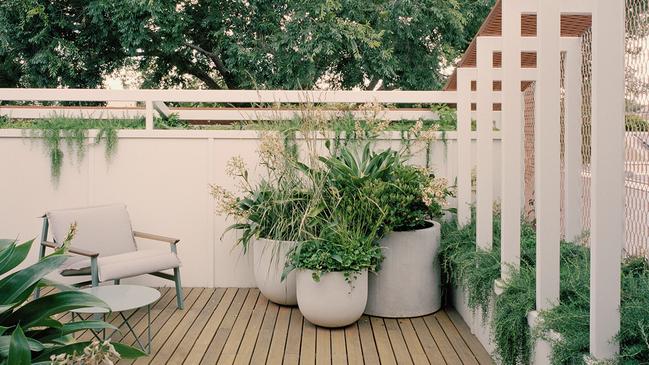
One property scooped the pool at the Houses Awards 2022, winning House of the Year and three categories, including the Gardens award. Autumn House in Melbourne’s north is a renovated Victorian terrace given a modern addition and a series of beautifully integrated gardens that function as outdoor rooms.
“The project was a true collaboration between architect, client and landscape designer,” says Scott Leung of Eckersley Garden Architecture. “It’s how all gardens should be designed.” His firm collaborated with architecture firm Studio Bright, led by Mel Bright, which created the family home for a professional couple and their two young children. It’s a project that elegantly balances old and new, as well as indoors and outdoors.
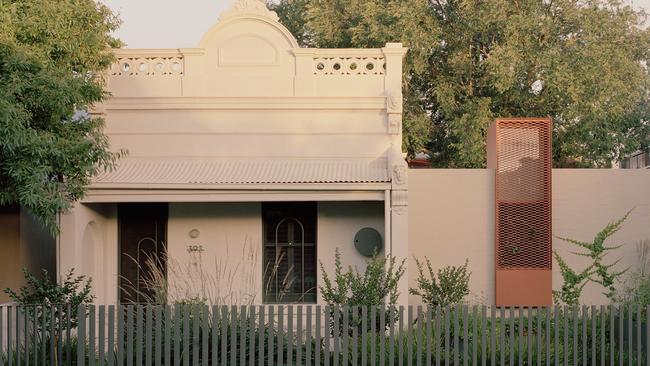
The rare double-width corner block of 415sqm had a mature Chinese weeping elm (Ulmus parvifolia) with a spread of nearly 12m that was key to the project. “It’s amazing – it makes the house look small,” says Leung. The semi-deciduous tree with its mottled bark is now the hero of the courtyard-style garden at the heart of the home. Seen from every part of the house, this shady garden is enclosed by a high, curved wall and planted with a handful of lace-leaf maples (Acer palmatum ‘Dissectum Seiryu’) and sweet box (Sarcococca confusa), a small, fragrant shrub that excels in dry shade. Tractor seat plant (Ligularia reniformis) and New Zealand rock lily (Arthropodium cirratum) add texture while kidney weed (Dichondra repens) spills around the stepping stones. On the north side of the house a planned car space was swapped for a lawn and garden area linked to the casual living area to make the most of winter sun.
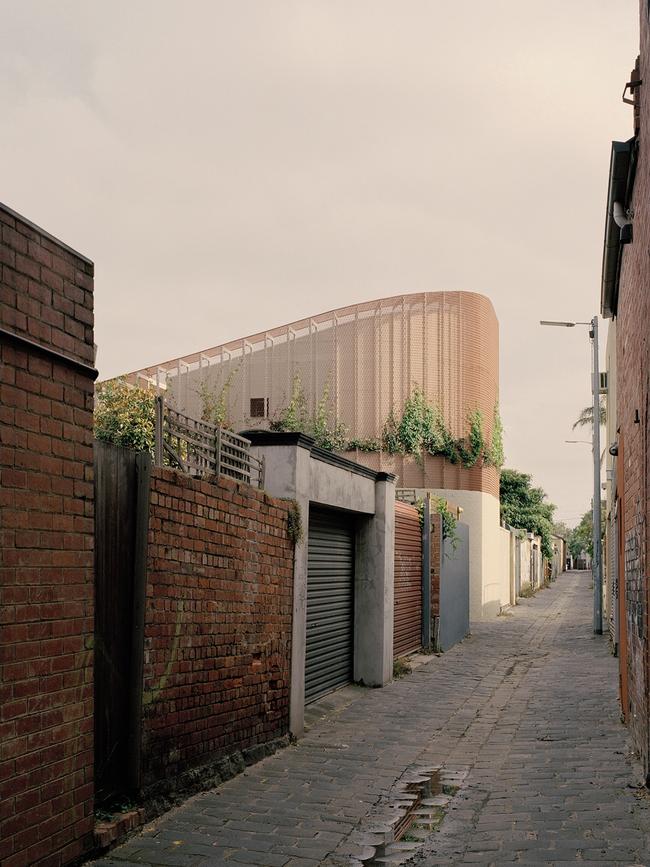
The second-storey addition is wrapped in a filigree, russet screen of expanded mesh being rapidly covered by deciduous, autumn-toned climbers such as Boston ivy (Parthenocissus tricuspidata), Virginia creeper (P. quinquefolia) and crimson glory vine (Vitis coignetiae). Evergreen star jasmine (Trachelospermum jasminoides) and prostrate rosemary (Salvia rosmarinus ‘Prostratus’) also trail down. “The idea was to wrap the whole first floor in a garden,” Leung explains. A roof terrace off the parent’s retreat provides a calm and secluded area surrounded by foliage.
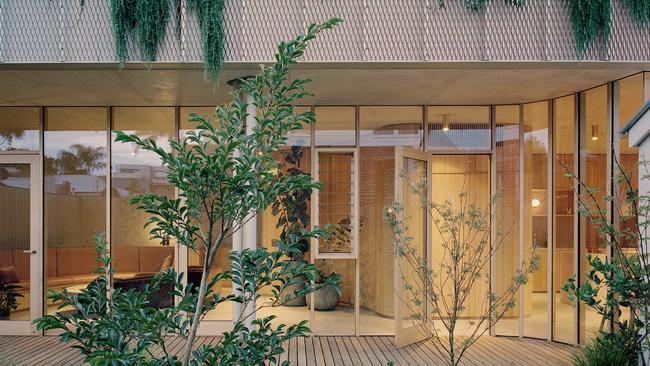
In the front garden, kept open to the street as a social space, herbs and vegetables thrive in raised circular steel beds. To the existing persimmon tree Leung added three pink crepe myrtles (Lagerstroemia ‘Lipan’) and plantings of feather reed grass (Calamagrostis ‘Karl Foerster’). “The vertical seed heads are beautiful and it adds a certain dynamism with the wind movement,” he says.
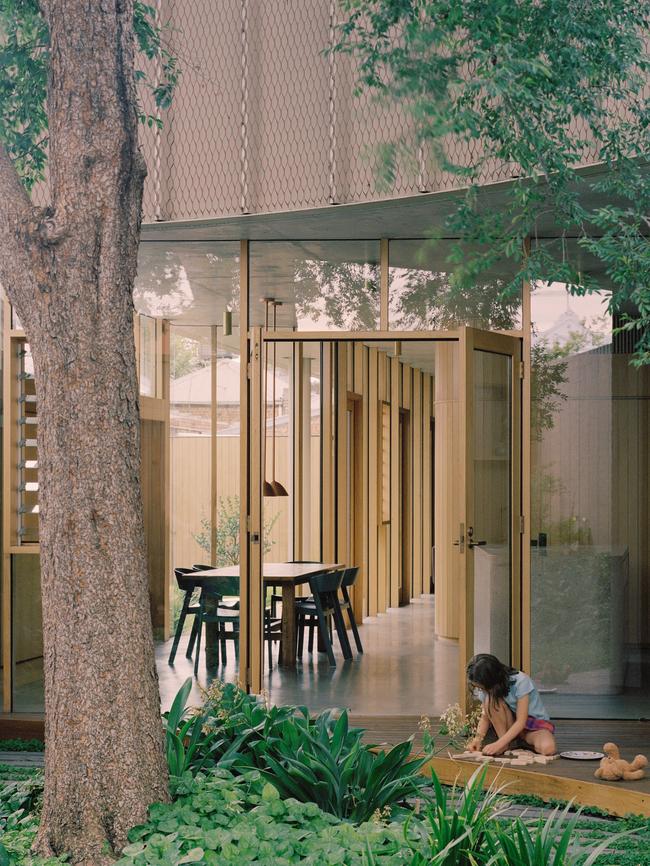
The four garden spaces allow the family to switch between zones depending on the weather. “Each has its own look and feel and purpose,” Leung says. “What I love is walking through that traditional terrace front door and seeing the whole green oasis open up. It’s a real surprise.”
Q&A
Can you place metal vegie beds on a concrete slab? What’s the best soil mix for them? They’re 160 x 80 x 80cm. Janette Bailey, by email
It’s fine to place raised beds on concrete. For the top 30-40cm only, use bulk or bagged top quality potting or planter box mix, enriched with compost, manures, worm castings or other organic materials. You can also add up to 30 per cent perlite to this mix, which makes it lighter and more open, improves water and nutrient holding capacity, but unlike organic matter doesn’t break down quickly. Below 50cm there is insufficient oxygen for organic matter to decompose and it can turn foul, so just use washed river sand at the bottom. You can add some rocks, empty plastic bottles or styrofoam chunks to help take up space here. In between, blend the sand and top mix together. Grow Your Own by Angus Stewart and Simon Leake is a great resource.
Last year I lost most of my young citrus fruit to stink bugs. How can I prevent another infestation this year? Tina Woods, Central Coast, NSW
Bronze orange bugs, aka stink bugs, suck sap from new leaves and fruit stalks. Seek and destroy egg clusters on the undersides of leaves from mid-summer to autumn, before they hatch. When young nymphs are green or orange they’re easier to kill than dark brown adults in summer. Yates Nature’s Way Citrus and Ornamental Spray is the only registered spray for this bug. You can’t prevent them flying in but you can kill them by knocking them into a bucket of soapy water with a stick. Wear eye and skin protection as the stinky liquid they spray is caustic.
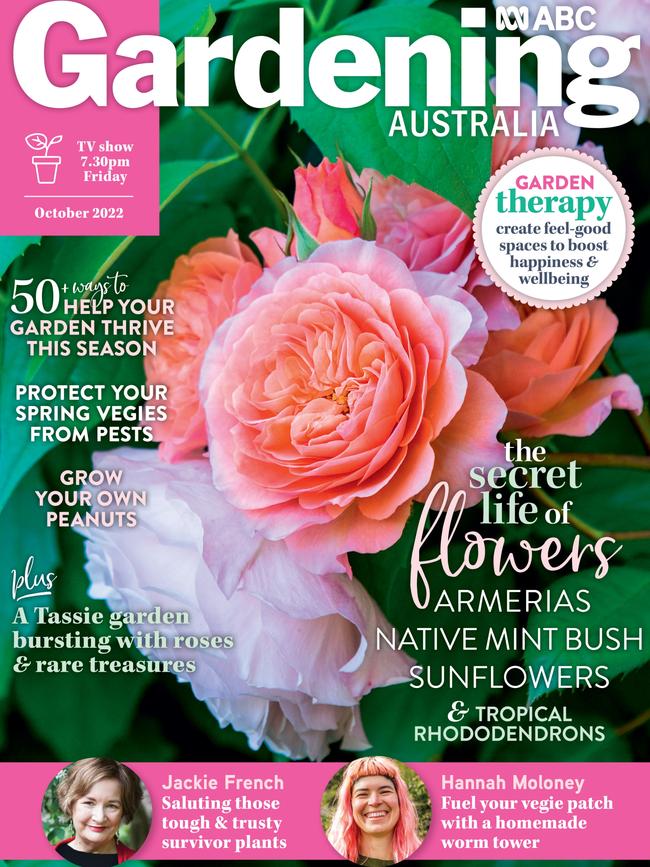
Send your questions to: helenyoungtwig@gmail.com or Helen Young, PO Box 3098, Willoughby North, NSW 2068. The best question for September wins a 12-month subscription to ABC Gardening Australia and ABC Organic Gardener magazines, worth $109.




To join the conversation, please log in. Don't have an account? Register
Join the conversation, you are commenting as Logout